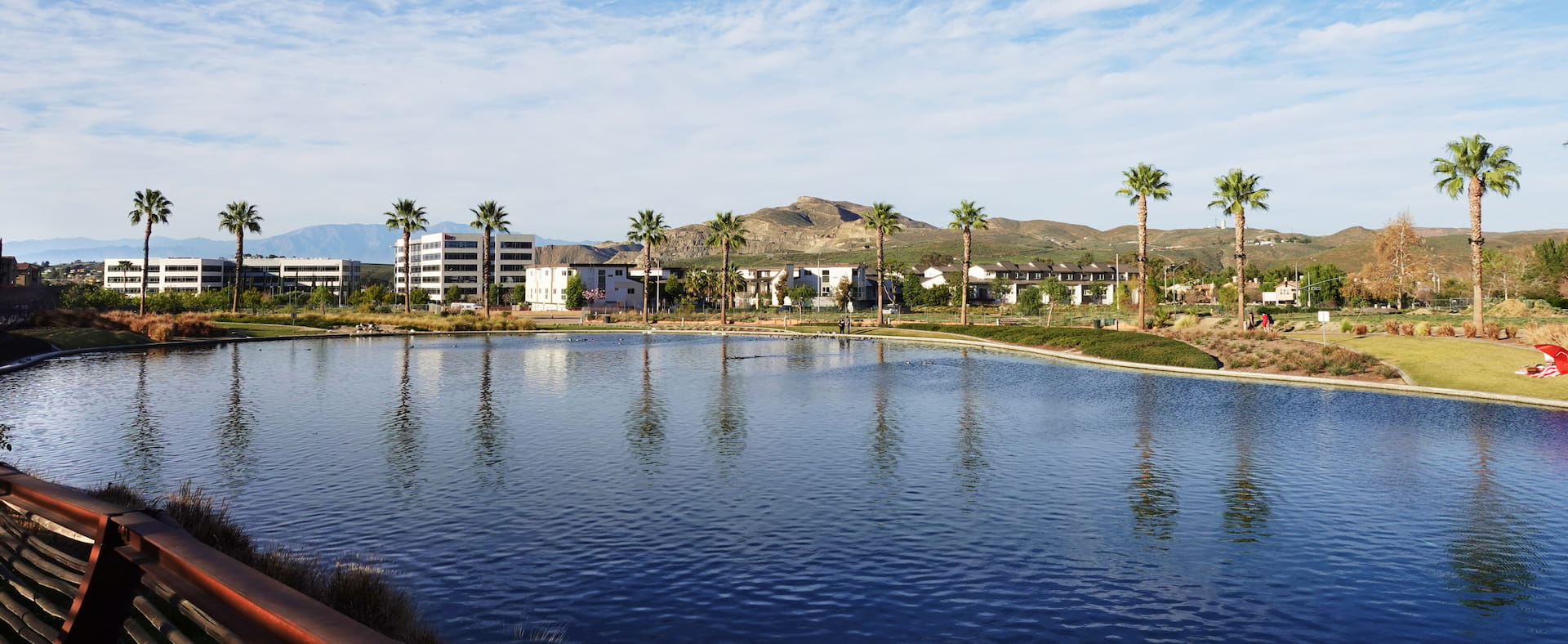
Corona, California, is a vibrant city that has experienced significant urban development over the years. From its humble beginnings as a citrus-producing center to its current status as a thriving urban hub, Corona has undergone remarkable transformation. This article delves into 11 fascinating facts about the city's urban development, shedding light on its evolution, key milestones, and the factors that have shaped its urban landscape. Whether you're a resident, a history enthusiast, or simply curious about urban development, this exploration of Corona's growth promises to be an enlightening journey. So, let's embark on a captivating exploration of Corona's urban development and uncover the intriguing facts that have contributed to its evolution into a dynamic and diverse city.
Key Takeaways:
- Corona, California’s urban development is a blend of tradition and innovation, preserving its rich history while embracing modern urban design and sustainable practices.
- The city’s growth is fueled by residential and commercial developments, transportation expansion, and a comprehensive master plan, shaping Corona into a vibrant and dynamic urban center.
The City of Corona was founded during the Southern California citrus boom.
Corona's rich history dates back to the late 1800s when the area experienced a surge in citrus cultivation, leading to the city's establishment. The citrus industry played a pivotal role in shaping Corona's early urban development.
The Grand Boulevard Circle is a historic landmark in Corona.
This circular street layout, reminiscent of the European style, was designed by renowned architect George E. Hanson in the early 20th century. It stands as a testament to the city's unique urban planning and architectural heritage.
The Corona Mall underwent a major redevelopment in recent years.
Formerly known as the Corona City Center, this shopping complex has undergone a remarkable transformation, featuring modern amenities and a diverse range of retail and dining establishments. The redevelopment has revitalized the area, contributing to Corona's urban landscape.
The city has seen a surge in residential development.
Corona's population growth has spurred the construction of new residential communities, catering to the evolving housing needs of its residents. This influx of housing developments has significantly impacted the city's urban fabric.
The Dos Lagos development has become a prominent lifestyle center.
Featuring a blend of retail, dining, entertainment, and residential spaces, Dos Lagos has emerged as a vibrant hub within the city. Its integration of diverse amenities has redefined the urban experience in Corona.
The city has prioritized sustainable urban development initiatives.
Corona has embraced sustainable practices in its urban development efforts, emphasizing eco-friendly infrastructure, green spaces, and energy-efficient solutions to promote environmental stewardship.
The Metrolink expansion has enhanced transportation connectivity.
The extension of the Metrolink commuter rail service to Corona has bolstered transportation accessibility, fostering connectivity within the city and beyond. This expansion has had a profound impact on Corona's urban mobility.
The revitalization of Historic Downtown Corona has preserved its heritage.
Efforts to revitalize the historic downtown area have upheld its cultural significance while introducing modern elements. This preservation and revitalization have contributed to the city's urban diversity.
The city's urban development has been guided by a comprehensive master plan.
Corona's urban growth has been strategically guided by a master plan that outlines long-term development goals, infrastructure enhancements, and land use policies, shaping the city's evolving landscape.
The influx of commercial developments has bolstered the city's economic vitality.
Corona has witnessed a surge in commercial developments, including office complexes, industrial parks, and business centers, fostering economic growth and employment opportunities within the city.
The city's urban development reflects a blend of tradition and innovation.
Corona's urban landscape harmoniously integrates its rich historical roots with contemporary urban design, encapsulating a dynamic fusion of tradition and innovation in its development.
Corona, California, continues to evolve as a dynamic urban center, with its urban development initiatives shaping the city's identity and fostering a vibrant community.
This comprehensive overview of the urban development in Corona, California highlights the city's rich history, architectural landmarks, sustainable practices, and economic growth, showcasing its dynamic evolution as a thriving urban hub.
Conclusion
The urban development in Corona, California, reflects a dynamic blend of historical significance and modern progress. As the city continues to evolve, it remains committed to preserving its rich heritage while embracing innovative urban planning strategies. With a focus on sustainability, community engagement, and economic growth, Corona is poised for a promising future. The city's dedication to enhancing infrastructure, promoting green spaces, and fostering a vibrant urban landscape underscores its commitment to creating a thriving environment for residents and visitors alike.
FAQs
What are the key factors driving urban development in Corona, California?The urban development in Corona, California, is primarily driven by factors such as population growth, economic expansion, infrastructure improvements, and the city's strategic location within the Southern California region. These elements contribute to the ongoing evolution of Corona's urban landscape.
How does urban development impact the quality of life in Corona, California?Urban development plays a crucial role in enhancing the quality of life in Corona, California by providing improved amenities, infrastructure, and recreational spaces. It also fosters economic opportunities and a sense of community, contributing to a more vibrant and sustainable urban environment.
Was this page helpful?
Our commitment to delivering trustworthy and engaging content is at the heart of what we do. Each fact on our site is contributed by real users like you, bringing a wealth of diverse insights and information. To ensure the highest standards of accuracy and reliability, our dedicated editors meticulously review each submission. This process guarantees that the facts we share are not only fascinating but also credible. Trust in our commitment to quality and authenticity as you explore and learn with us.
